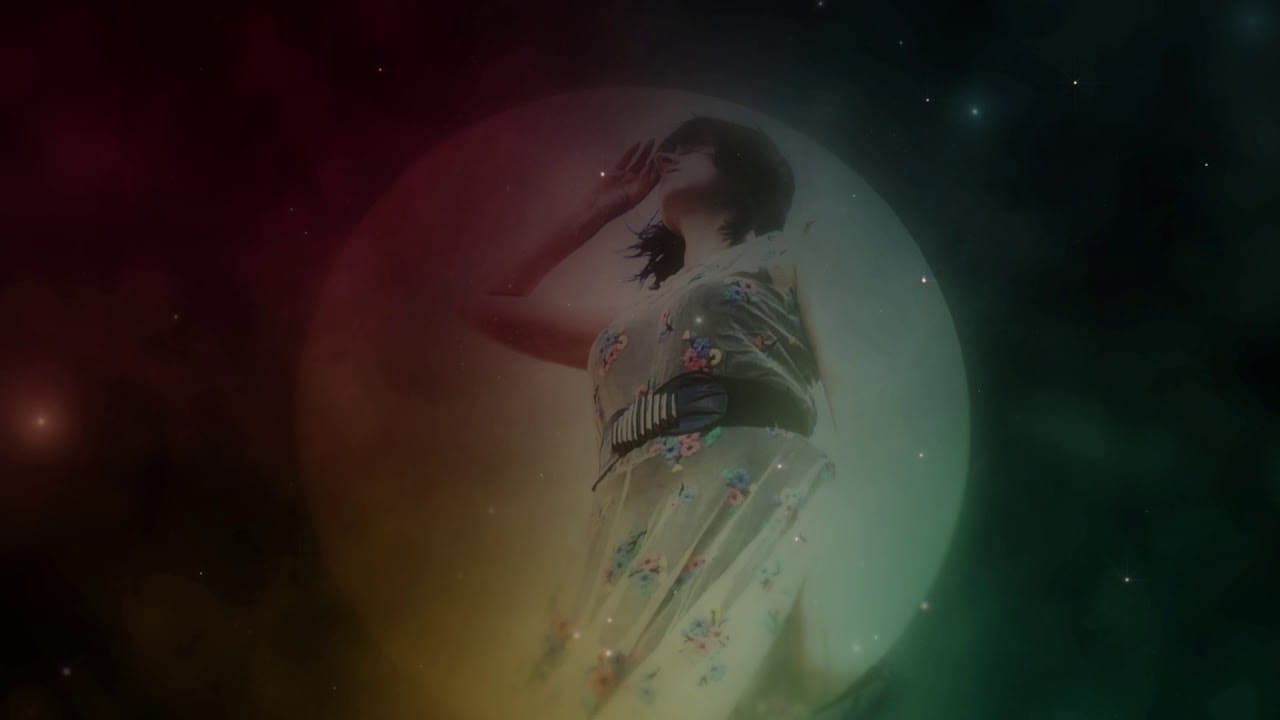LINDY-FAY HELLA is probably known to most as a part of Wardruna, with which she brings old Norse songs and lyrics to life. But the Norwegian has an even broader repertoire, as she shows on her first solo album „Seafarer“, that these days, after long phases of writing and recording, finally sees the light of day. LINDY-FAY tells us in a detailed interview why it took so long before the album was released, what concept is behind „Seafarer“ and what role companions and friends played for the album.

Hi and thanks a lot for taking time for this interview! How are you doing?
Hey and thank you for your interest. I am doing good these days, preparing for concerts with the guys and enjoying autumn coming up. The rich colours in nature and hot chocolate with whipped cream in the evening. Good times.
After more than two years your first solo album now sees the light of day. How does it feel for you to finally be able to release the finished work?
It feels weird in a way. It is a physical product suddenly. I have throughout the last 25 years or so recorded ideas on cassette-players, minidisc, computers, phone, tons of stuff, but never released it except from using some of it in collaborations with others or in concerts. I am not a tidy person, so finish something has not been that easy or important to me, until a couple of years ago. Then I decided I wanted to make a record.
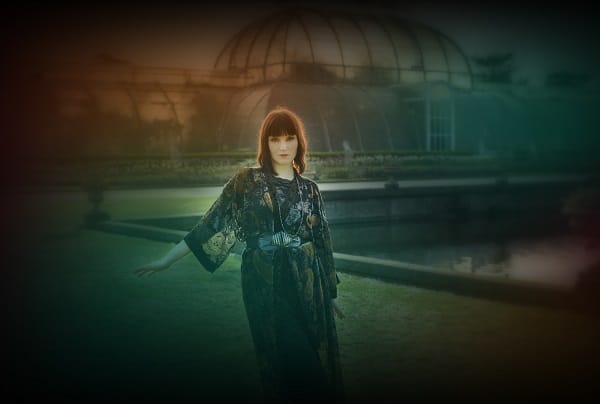
Was there a moment or event that made you decide to write a solo album?
Yes. I lost a dear friend 2 and a half years ago. That was a shock and also to cope with the grief the best way I could I decided to finish an album. To finish something was stepping out of the comfort zone, doing something in a systematic way. The systematic way of working (for once), literally helped me keeping it up somehow, not entirely
getting consumed by depression
With musicians like Gaahl, Herbrand Larsen or Ingolf Hella Torgersen you have an illustrious crowd of guests on „Seafarer“. Did these guests also contribute their own ideas to the album or are the songs 100% Lindy-Fay Hella?
Oh yes, these musicians has definately put their fingerprints on the album. When first starting the project, I recorded in my home. Only vocals. Some of the early recordings are still out on Soundcloud, I just sang it and put it straight out there in it`s raw state. I wanted to make an a-capella album. However, after a while I started to get curious. What if I asked others to join the project, to listen to the songs and then come with their own ideas on chosen instruments? I did not want to force anything into a box. Most musicians come up with the best stuff when working freely, without too much interference in my opinion.
After the contributions I sat in studio with Herbrand, choosing from this treasure-box of recorded ideas. Herbrand Larsen has done most of the instruments on the album and he is the one that I have been mainly working with, but all other musicians have done their contributions from their own heart as well. My cousin Ingolf Hella Torgersen is the one who have figured out the tempo of the songs and done most of the rythms, Two of the songs originates from the same idea. I had this simple melody that I wanted to go over into something else. That melody turned out into two entirely different songs, totally changed by the musicians involved. So „Nåke Du Finn I Skogen“ is co-written with Herbrand Larsen, Eilif Gundersen and Kristian „Gaahl“ Espedal, while „Horizon“ is written with Roy Ole Førland and Jan Tore Ness. (Recorded by Jan Tore at our first rehearsal together.)
For the lyrics, I have included some words from a dream my other cousin Roy Thomassen had. („Three Standing Stones“), The lyrics on „Bottle of Sorrow“ are mostly by Alexandros Antoniou (I just could not find the right words for this melody, but wanted to include it on the album still. Alexandros came up with some words that felt exactly right for this song.) „Tilarids“ has the words of an un-known author. It is around 1500 years old and written in ancient-Norse. The words was sent to me by Lars Magnar Enoksen and immidately I got this melody in my head that refused to go away. So again, this album would never sound like this without the musicians involved. The songs can be sung without instruments, but also can change drastically character, depending on instrumentation.
In contrast to Wardruna, you use a lot of electronics on your album, whereby especially the electronic percussions form an exciting contrast to your vocals. Was it clear to you from the beginning that the instrumentation of „Seafarer“ would be based mainly on percussions and electronics, or has this developed in the first place?
This is totally on purpose. Ingolf Hella Torgersen likes to combine playing drums with programming, so he has put a lot if work on the rythms and sent over to me and Herbrand. My heart is close to elecronic music. I used to play synths before starting siniging and was mainly listening to the first Depeche-Mode-Albums, Vangelis, Jean Michel Jarre, New Order, Kraftwerk and other electronical music for years. And I can still remember the first hearing the techno from early 90s. It was so exciting. I had never heard anything like it. The only reason I do not play synths myself on this album, is because I initinally planned to do vocals only. I had already made the songs with choir arrangements included and did not want to go back in the process. I did know that I wanted synths included though and have worked with Herbrand before. (We used to be neighbours almost 20 years ago and made songs together just for fun in his apartment.) It had to be either him or Arne Sandvoll who I’ve also been making stuff together with for a long time. Arne is joining on Gamelan („Two Suns“), but as a father of three kids, he was naturally short of time, so I’ve been working mainly with Herbrand and Ingolf here. Also, I do like contrasts in music and electronics along with natural instruments can be an interesting combo.
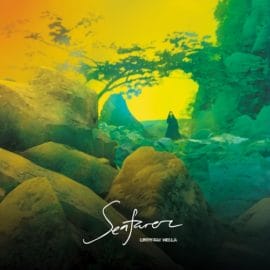 The title and artwork of „Seafarer“ make me think of longing, secrets and mystical worlds. What does „Seafarer“ mean for you?
The title and artwork of „Seafarer“ make me think of longing, secrets and mystical worlds. What does „Seafarer“ mean for you?
I grew up by the Sea and spent a lot of time in and on it. Me and my brother/ friends heard stories from the older generation on the Island where never to row ( dangerous waves on North part of Langhølmane/ the long Islets, that would drag the boat under), stories of the mythic Draugen, how my neighbour helped refugees over to Shetland during second world war, navigating by the stars, aeroplane that is rumored to be at the bottom of the sea, the Black Islets, the beautiful sunsets and the ever changing sky and ocean. All these stories and sceneries that made me dream of foreign places. The real Seafarers who where travelling the seven Seas saw all these things and more. They sometimes had stories of seeing things that people on land never did. A Seafarer to me is someone who is close to the elements and to the unknown/ undiscovered. A natural adventurer.
Where do you get your inspiration for songs and lyrics from?
I do take inspiration from nature, but also from my interest in what else might be out there in our Universe. All these things we can sometimes feel but not necessarily see. I am very curious about these things and it has coloured the music and lyrics throughout the album.
In contrast to many overproduced and almost clinical albums, „Seafarer“ feels natural, original and spiritual. Were special recording or production techniques used to create this special atmosphere?
Thank you, I take that as a huge compliment.
It was important to me from the beginning that the sound in itself would not be the „modern times on radio“-sound and have worked closely with Herbrand to avoid this. For example, some of the microphones popular these days are not to my personal liking. It sometimes pick up to much breath from the voice and has this metallic quality to it. First when recording at Herbrand’s we tried one of these and it totally failed, so we went for another, less fancy one. Also, some of the natural instruments used are not completely in tune. I like this scruffiness and it adds to the atmosphere, like goat horn, willow flute and birch bark lure, mastered by Eilif Gundersen. In short, to keep things a bit uneven and allow some false notes here and there, is a plus in my opinion. Also, the way Iver Sandøy has mastered the album makes a difference here. It has been popular for some years to get the volume to a maximum which flattens the overall sound/ contrasts. He has delibarately avoided that trick, allowing the contrasts to come through.
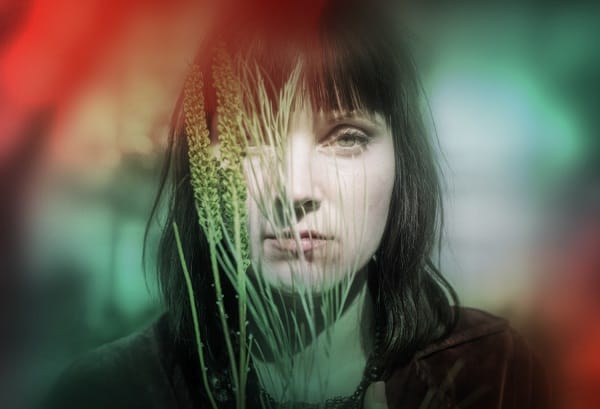
„Tilarids“ is for me the most intense and gripping song on „Seafarer“. Can you tell us something about the lyrical or conceptual background of the song?
The Words was sent to me along with some other texsts provided by Lars Magnar Enoksen in Ancient, Norse words. It was meant for a project we and Kristian Eivind Espedal are working on. However, I got into this dreaming-mode when reading those exact words for Tilarids ( I sometimes do that) and got this story in my mind that felt very real. Like I was there, but in another time maybe. The melody immediately came along and was recorded with full force in one go, instruments added afterwards and Kristian doing ambience vocals, like something that lives and breaths within the nature itself. Also, the very low female voice that comes in on the last part of the song is Inger Johanne Syverud, adding a subtle layer to the song. Inger Johanne has been researching Norse culture for over 20 years, in a very individual way and after meeting last year for a workshop, it felt naturally to ask her to join on this song.
With Ván Records you are on a label that mainly releases black metal, death metal and experimental metal. How did you get to work with this label?
I have absolutely no buisniss talent whatsoever, but sent Ván records a Mail with three of the songs after looking through a friends vinyl-collection. He showed me some titles with amazingly beautiful quality of the cover itself. From artwork to the paper used. I noticed they came from the same company, Ván, and just quickly sent them a mail without noticing that they mainly do Black Metal. That I discovered later and did not really excpect to get a response then. I met up with the owner shortly after and he told me that me and my friend, May Husby ( cover art), had full freedom of the visuals. That sealed the deal for me.
Will „Seafarer“ remain your only album for now or do you already have plans for the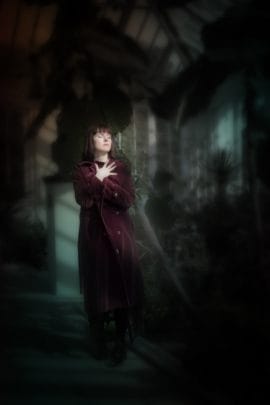 next release?
next release?
It will definately not be the last , because I have new ideas, which means there will be more.
Are there plans for a tour or at least selected concerts with your solo album?
Absolutely. There is one show at Black Heart in London 26.September, then there is a support-show for Heilung at the Roundhouse on the 10th. November. In February there will be a ten days long tour in Europe along with Wacken Winter nights. During the summer it will be some festivals which will be confirmed soon.
Thank you for the interview! Please let us do a short brainstorming in the end of this interview. What comes in your mind first reading the following terms:
Munich: Barouque. Maybe has Nothing to do with it, but Barouque was the first word that came to my mind.
Meat: Intestins. Not pretty I know, but you asked for the first word and that was it.
Fridays For Future: Back to the 80’s.
Comics: Tintin. I love Tintin. Always out on adventures with some drama attached. And that frisky, read hair. Iconic.
Once again thanks for your time. The last words are yours – is there anything left you want to tell our readers?
All the best, Lindy-Fay
Dieses Interview wurde per E-Mail geführt.
Zur besseren Lesbarkeit wurden Smilies ersetzt.
